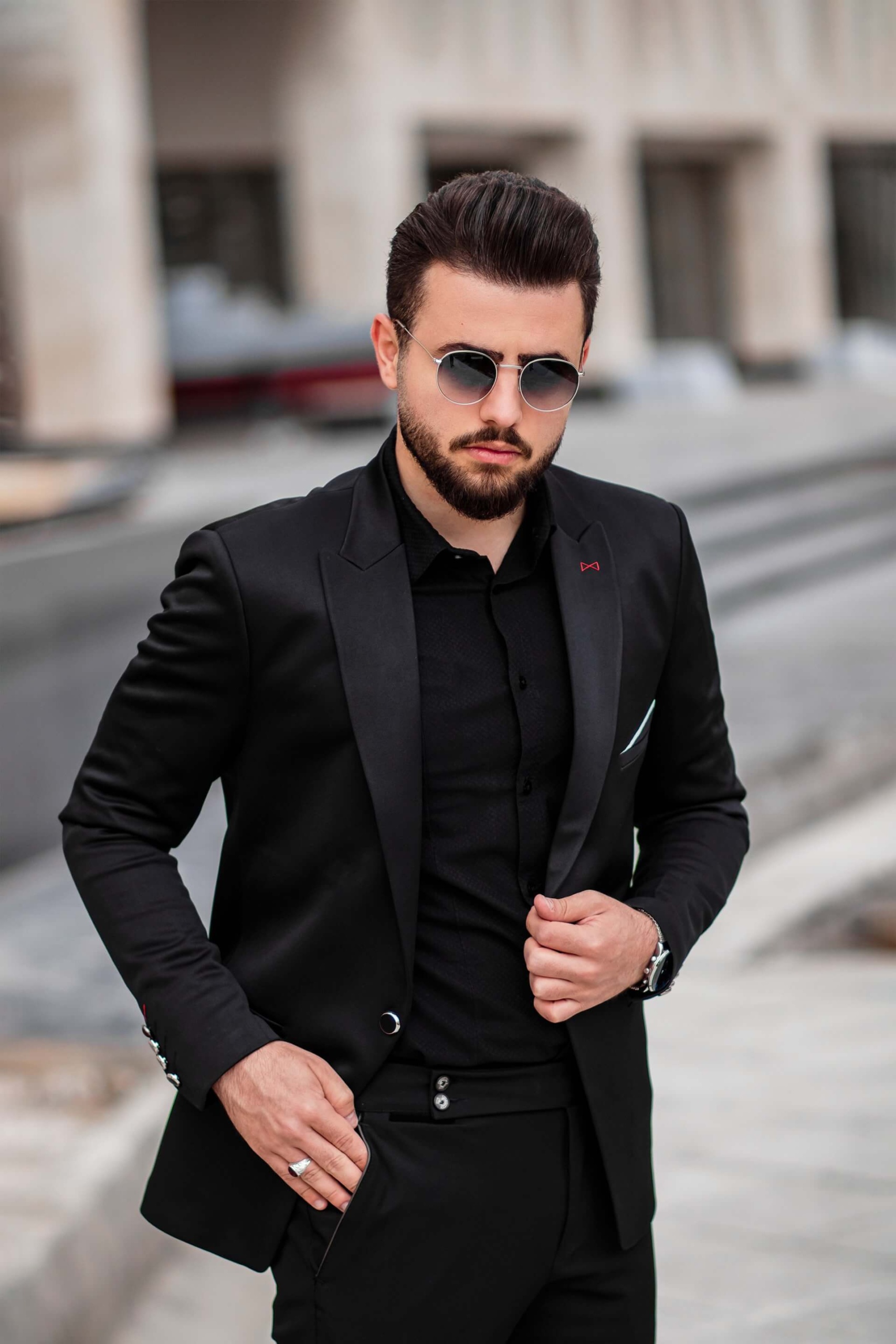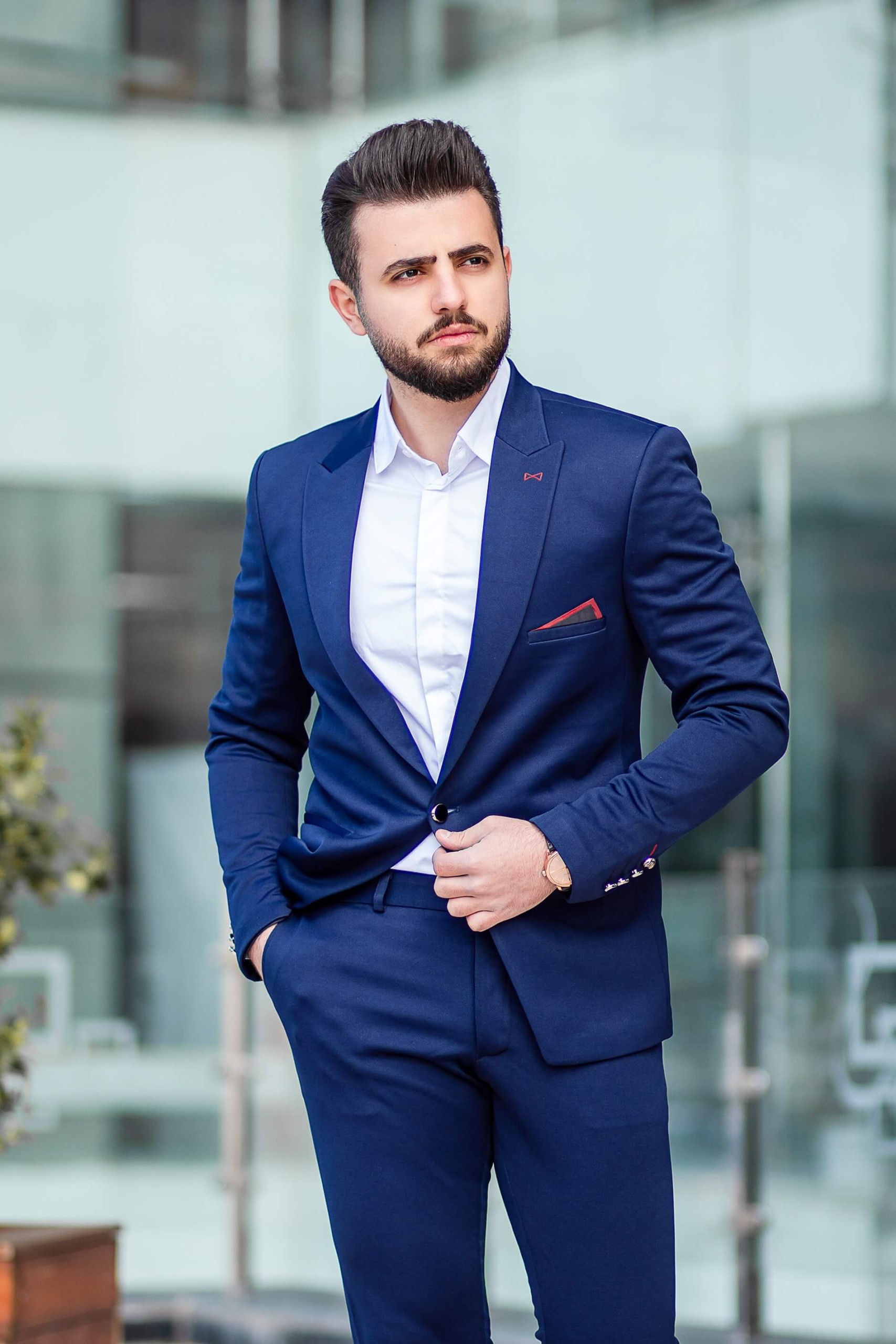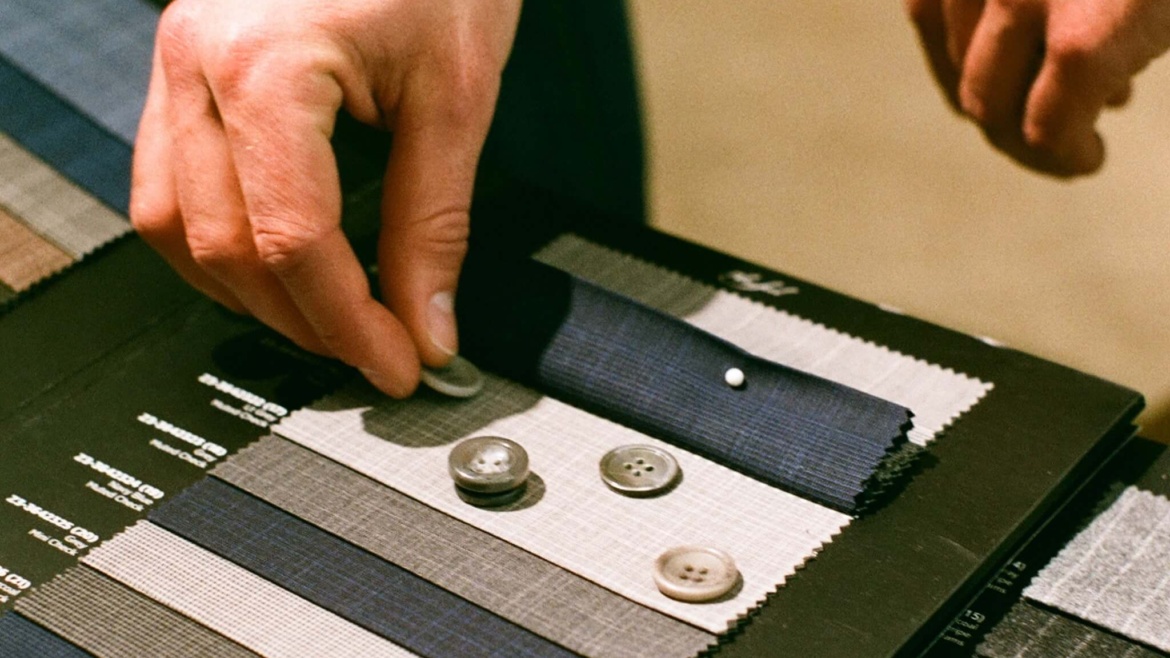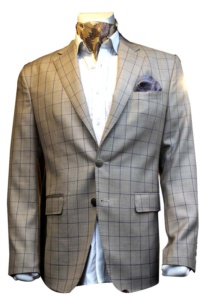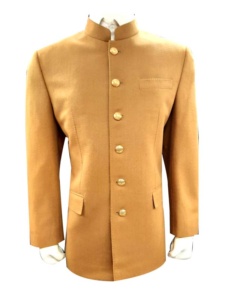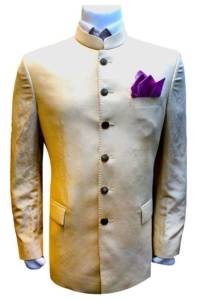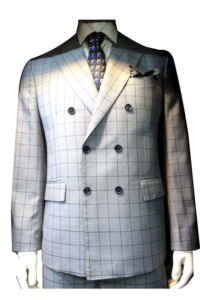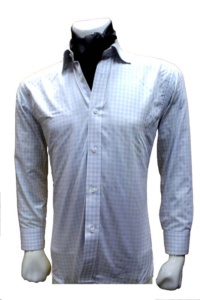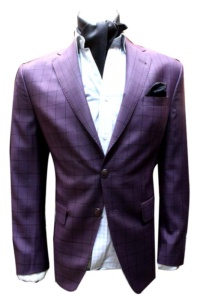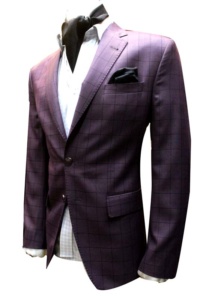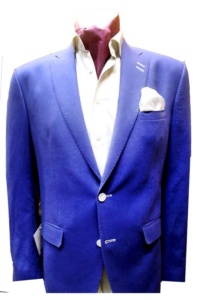How to buy a damn good Suit
World Class Suiting Revealed
We are all engaged in the self-salesmanship industry, regardless of our profession. Every day, we go about trying to sell ourselves to potential employers, clients, and partners (whether professional or romantic). The suit is the most effective attire for doing this since it provides guy confidence and inspires confidence in others when it is tailored and designed appropriately.
The suit as we know it now, which consists of a jacket and pants in similar fabrics (and occasionally a matching vest), has not evolved much over the past century. There have undoubtedly been changes over time due to trends (proportions became thinner in the 1960s and more voluminous in the 1970s, for example), but the type of classic suit you should seek to purchase will be impervious to these whims. If you choose or bespeak a suit of appropriate quality and classic design, it should last you a lifetime and maybe be passed down to your descendants.
Here’s how to buy a suit that will prove a blue chip investment in selling yourself.
The sort of clothing you choose entirely relies on your body shape. The man who is average in height and weight has a lot of freedom. A pinstripe will produce a pleasing vertical line, while the stout guy should stay away from light colours, flashy fabrics, and aggressive patterns that only help to emphasise his girth.
Big plaids and extremely pale or extremely dark colours should be avoided by the shorter man; instead, use medium tones and smaller patterns. The extremely tall guy should not be intimidated by plaid and should instead feel at ease wearing textured fabrics like flannel, tweed, and linen. Muted colours will make the enormous, hulking man look less intimidating; a bodybuilder dressed in a black suit will always look like a nightclub doorman or underworld enforcer.
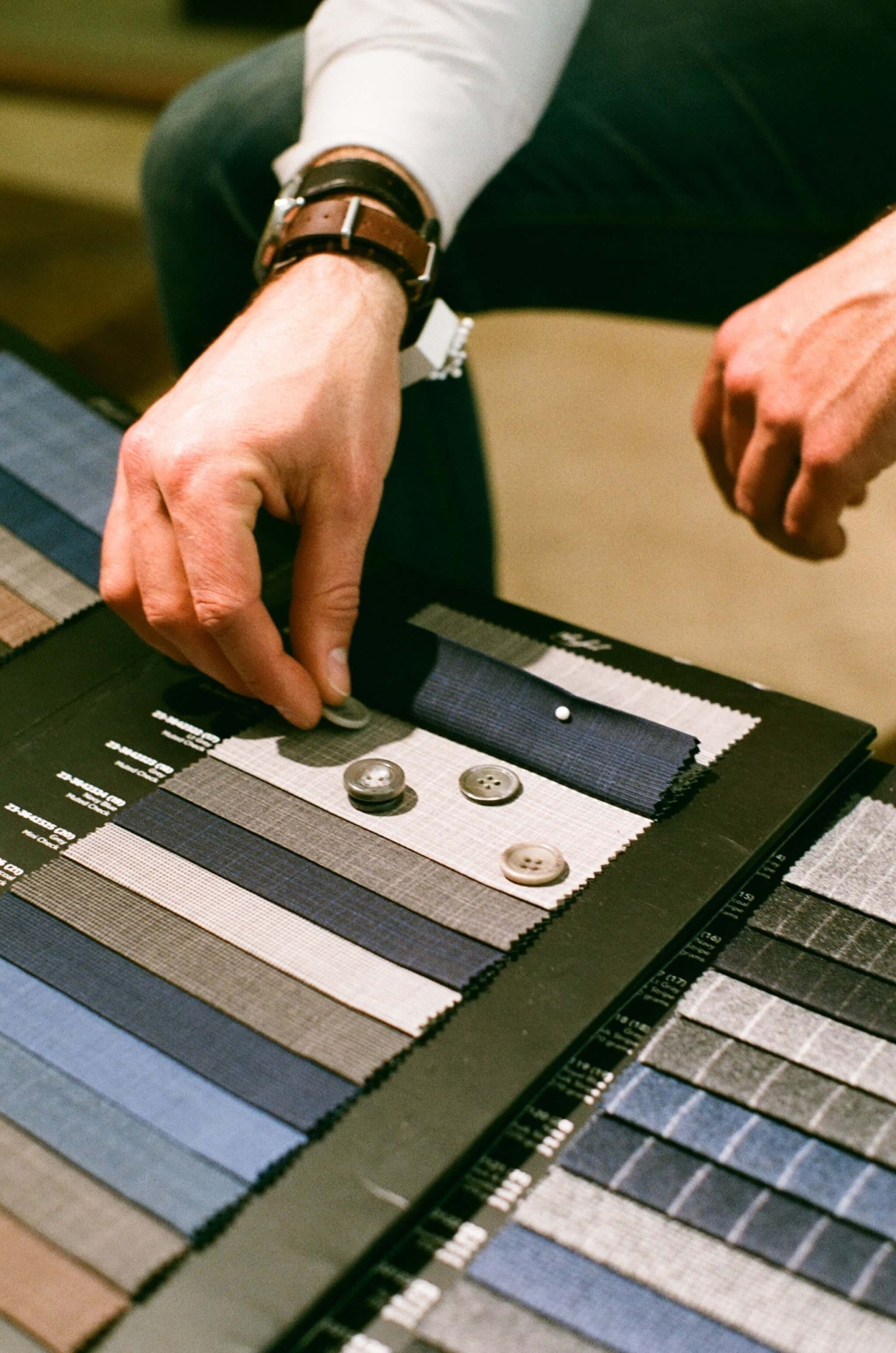
WHAT TO CONSIDER FIRST
Consider first for what function or event you are purchasing the outfit. The suit you get to wear to a summer wedding in the country will be significantly different from the one you get to work in a serious office atmosphere.
What message are you attempting to convey with the suit? What sort of impression are you trying to project? What kind of weather will it be worn in? Does it need to keep you warm or cool? It will determine the type of fabric to use: lighter (perhaps open-weave) wools, linen, cotton, or even seersucker for summer or tropical climates, and heavier worsted, flannel, or maybe cashmere or vicuna (if you can afford it) for the colder months and highly air-conditioned surroundings.
Then there are fashion preferences: two or three pieces, flat-front or pleated pants, single or double-breasted jackets, peak or notch lapels?
Contrary to common opinion, double-breasted suits may slim down a bigger guy, who would do well to select a roomier pleated trouser as a flat-front pant flatters the flat belly. Single-breasted suits are more adaptable and conservative. A peak lapel gives the guy with sloping shoulders an air of agility. The main advantage of a three-piece suit is that the waistcoat keeps a man looking sharp even after he takes off his jacket in the workplace.
Whether you select a ready-to-wear, made-to-measure, or bespoke suit will depend on your budget and body shape. The thinner gentleman could be well served by something appropriately changed off-the-rack or a decent, efficient made-to-measure service, while the man with a larger stomach than his chest has no alternative except to go bespoke.
However, even a man in excellent physical condition should definitely consider bespoke, which will enable him to collaborate on the design of a stunning suit that will endure for a very long time and be created to his particular dimensions and requirements. one that is the perfect fit for him.
World Class Suiting -Islamabad Offers Quality Unstitched Fabrics with Tailoring Services so what you are waiting for let connected now.
HOW IT SHOULD FIT
The primary consideration when purchasing a suit is fit. But perhaps “fit” isn’t the right term. Head-to-toe Lycra fits a man well, but it doesn’t do anything to highlight his positive qualities and cover up his flaws, which is what a suit is meant to accomplish. Famous fashion analyst G. Bruce Boyer once said that good tailors are more concerned with effect than fit. The effect also refers to proportion. Instead of trying to replicate your figure, the objective is to help it.
The fastest way to make a bad impression is for a man’s clothing to “fit so tight as to seem as if he’s been poured into them,” according to one of those very fine tailors from New York, Alan Flusser. A guy should be able to sit comfortably in a buttoned jacket without feeling the urge to unbutton it. The fit shouldn’t be either tight or slack.
“It’s hard to seem natural and hence fashionable if your clothing ties you up and makes you uncomfortable. Unfortunately, the straightjacket fit has become a major pandemic. The result of such a skin-wrapped man is loss of any individual style that seeks to endure through time.

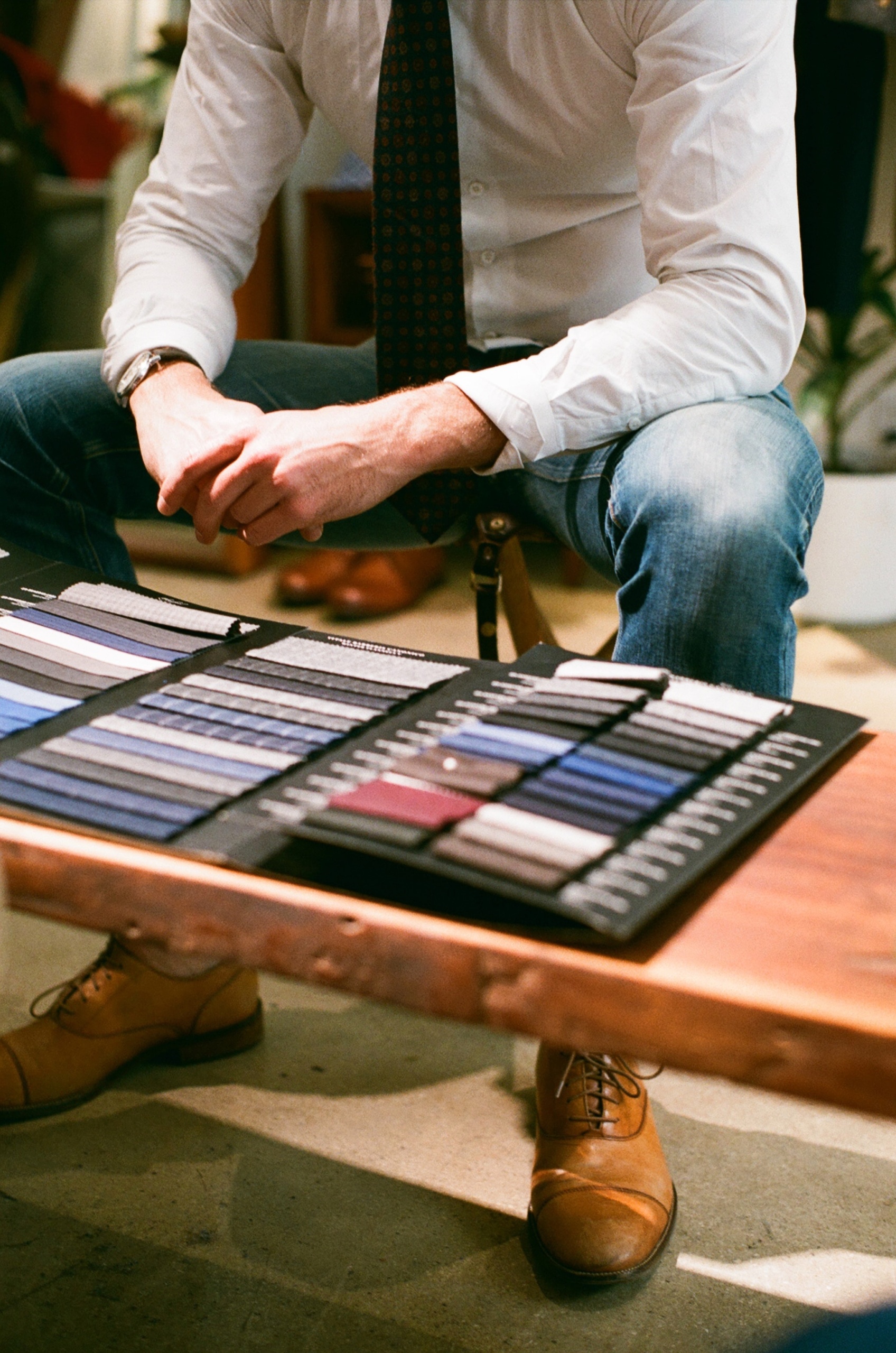
World Class Suiting - FABRIC
How a suit drapes on the body and adapts to external factors depends on the weight and texture of the cloth you choose. The suit will either flatter you or not, depending on the pattern.
Super-fine wool fabrics would appear to be the natural option for warmer temperatures, but they have a limited lifespan, are sensitive, and are quickly torn or worn out. In addition, they are more difficult to tailor than medium and heavy-weight fabric. The summer-friendly suiting expert Kevin Seah of Singapore says, “I always choose a medium weight fabric, up to 10 ounces, since it offers more structure and shape than the lightweight “supers.”
“It may provide you with amazing comfort if you cut it carefully and provide a little space, and it keeps form much better than lighter material. When the fit isn’t too tight, that also gives you some ventilation and airflow. Nothing will breathe nearly as well on you if it clings to you closely. I also strongly suggest using open weave fabric for airiness, such as a hopsack, fresco wool, or fine Irish linen.
If you live in the tropics or throughout the spring and summer, you should wear such types of textiles. In the fall and winter, a heavier worsted or flannel can work wonders since it can carry more structure.
